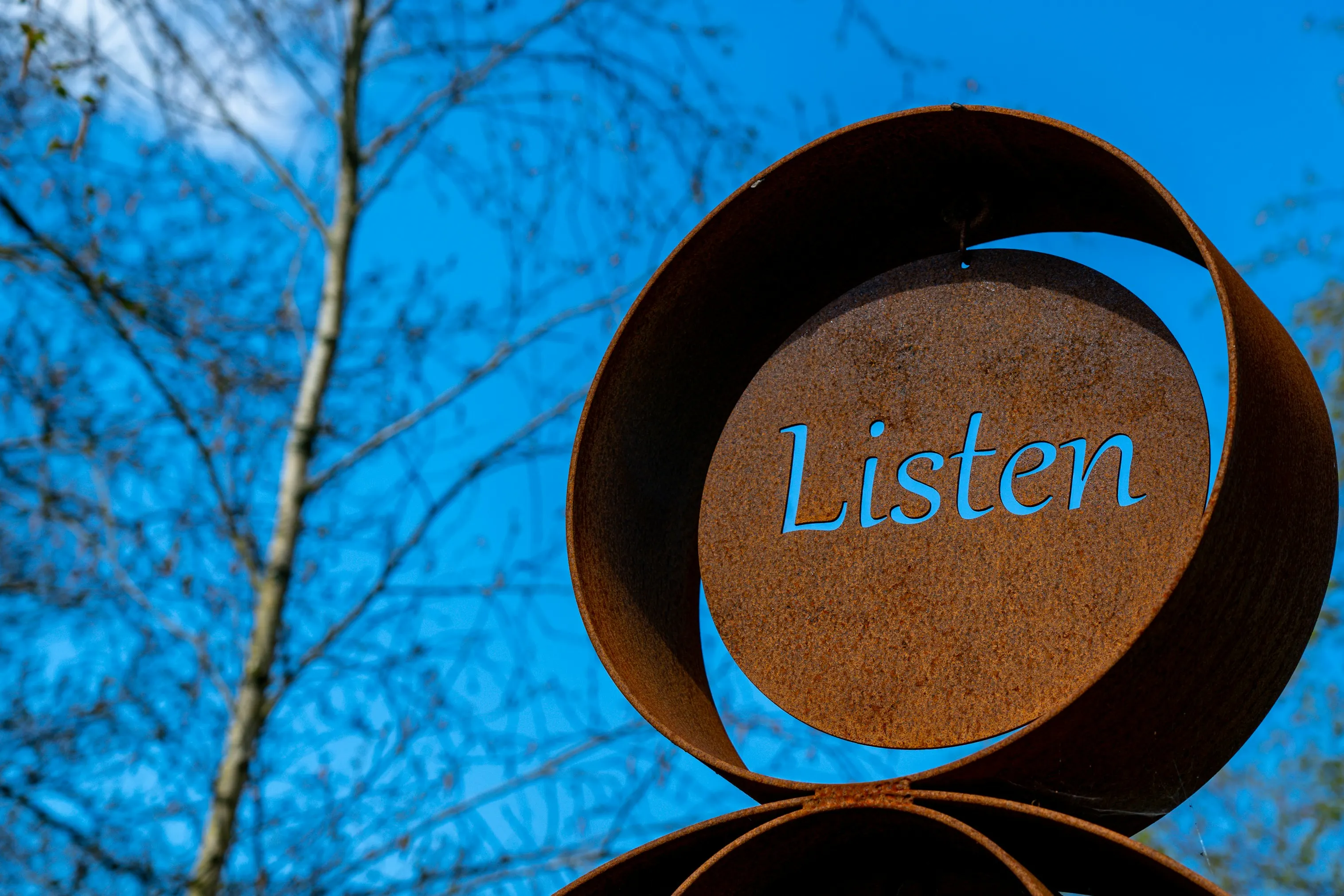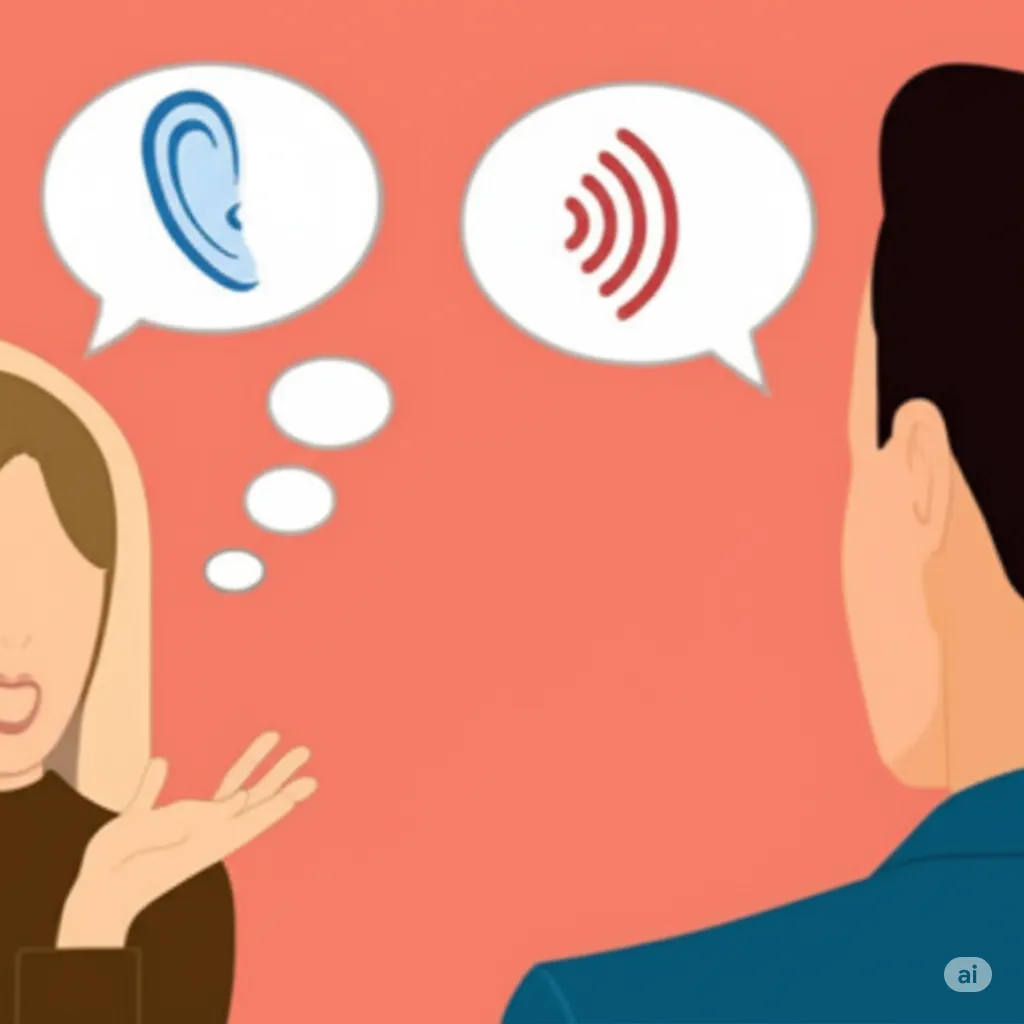The Lost Art of Listening: Why It Matters and How to Master It
In our fast-paced, talkative world, it's easy to get caught up in the spotlight of speaking. We practice our presentations, rehearse our pitches, and carefully craft our emails. But how much time do we actually dedicate to the seemingly simple act of listening? Often overlooked, listening is not just a passive activity; it's a vital and active skill that underpins effective human communication.
While speaking might feel like the more dynamic part of a conversation, the truth is that the ability to truly listen is what allows us to connect, understand, and build meaningful relationships. And the good news? Becoming a better listener isn't a herculean task. It boils down to a few key principles that, with conscious effort, anyone can master.
One of the foundational aspects of good listening is ensuring that you're hearing the speaker's message directly, without the filter of your own assumptions and interpretations. How often do we find ourselves jumping to conclusions, already formulating our response before the other person has even finished their sentence? This tendency to anticipate the speaker's point can severely hinder our ability to truly hear what's being said. Good listeners absorb information as it's being spoken, resisting the urge to think ahead and build their own narrative.

Giving the speaker your undivided attention is another crucial element. In our increasingly distracted world, this can be a challenge. Whether it's scrolling through our phones during a phone call or letting our minds wander during a face-to-face conversation, distractions erode our listening capacity. Missing a key point due to a fleeting distraction can have significant consequences. By consciously focusing on the speaker's words and avoiding the temptation to tune out, we demonstrate respect and ensure we're truly absorbing the message.
To further enhance your listening skills, try actively engaging your mind by creating mental images of the speaker's words. This visualization technique can deepen your comprehension and help you retain information more effectively. It's like painting a picture in your mind based on what you're hearing, making the information more tangible and memorable.
Beyond our mental engagement, our body language speaks volumes about our attentiveness. Actions like avoiding eye contact, crossing your arms, or appearing restless can signal to the speaker that you're not fully engaged, potentially cutting the conversation short or damaging rapport. Being mindful of your non-verbal cues and adopting an open and attentive posture can make the speaker feel heard and valued.
Finally, don't underestimate the power of asking relevant questions. This not only clarifies your understanding but also shows the speaker that you're actively following their train of thought and are genuinely interested in learning more. The key here is to ask questions that build upon what's being said, without derailing the conversation or allowing your question to consume your attention to the detriment of listening to subsequent points. Ask questions promptly when they arise to ensure you grasp the current context fully.
Improving your listening skills is an ongoing practice. Make a conscious effort in every conversation and presentation to remain focused, avoid premature conclusions, visualize the information, and be mindful of your body language. By actively engaging these techniques, you'll not only become a better listener but also foster stronger connections and gain a deeper understanding of the world around you.
While speaking undoubtedly has its place, let's not forget the profound impact of truly listening. It's a skill that not only ensures we receive information accurately but also communicates respect, empathy, and genuine interest to the speaker. In the art of conversation, listening is not just half the equation – it's often the most crucial part.
















